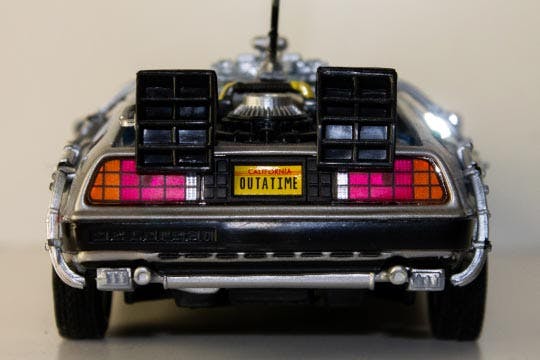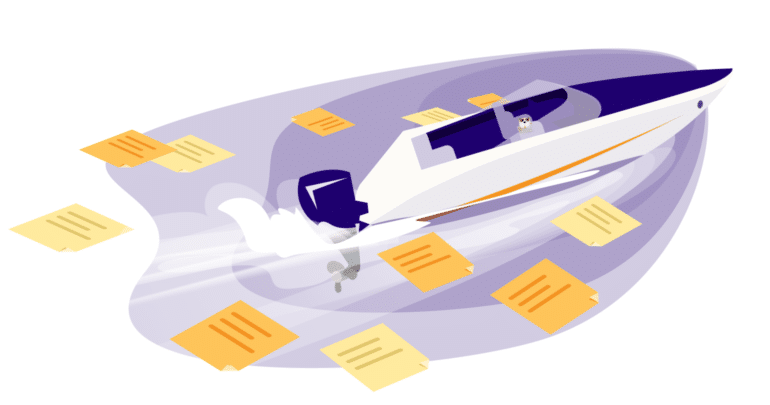First introduced by Luke Hohmann, innovation games are now essential resources that provide fun and effective ways to increase collaboration and creativity within a team. Getting customers involved in the process of continuous improvement helps to boost the business’s performance.
Innovation games support a number of objectives, including:
- Getting people talking
- Sharing a vision
- Solving problems
- Prioritising and deciding together
- Exploring and thinking things through together
- Wrapping up a discussion
- Summarising results
Innovation games are mainly used in so-called “agile” structures. The agile approach is a system of methods and practices based on self-organising, collaborative, and people-centered teams. The methodological framework remains lightweight and encourages responding to change rather than following a plan. Customer involvement and team responsiveness are two decisive aspects in the success of any agile project.
For example, innovation games can be very useful in agile retrospectives. However, this type of exercise works perfectly in any work setting and professional environment that requires change management.
How to construct an innovation game in 5 points
# Prepare
To make your innovation game a success, be sure to think carefully about the preparation step. How many participants will there be? What goal do you hope to achieve? What is your participants’ level of experience with this type of exercise (beginner, intermediate, expert)? The answers to these questions will serve as a basis for your successful activity.
# Time your innovation game
Be careful not to spend hours on these activities and potentially lose sight of your objectives. Consider designating a timekeeper to keep the game moving.
# Get everyone to participate
This is an essential point. Innovation games are a chance to give everyone a chance to speak, to boost engagement and to make the group’s collective intelligence soar.
# Integrate the customer into the creative process
To maximise the impact of innovative games, integrate your customers into the games. This will allow you to identify the keys to constructing a solution for them by directly exploring their needs.
# Have fun
Don’t forget the most important part: having fun. Innovation games are games, after all, so don’t take yourself too seriously. Your creativity will thank you.
# Be creative
Don’t necessarily limit yourself to existing games. Let your imagination run free and create your own games! It’s a great way to match your games to your project’s objectives… and even inspire the creator of innovation games: Luke Hohmann!
Use the speedboat workshop to summarise the results
At the end of a project or sprint, it’s important to review the results: what went well, what went badly, and, most importantly, what could be improved.
The Speedboat workshop innovation game enables the group to identify the team’s drivers, improve them, and detect stumbling blocks to avoid them. In short, the speedboat analogy identifies a project’s strengths and weaknesses.

Whether remotely or in person, digitise your speedboat with Beekast to increase your effectiveness and agility.

Speedboat
Assess what pushes the team forward and what slows them down.
Related Reading:
Creative workshop ideas to engage adults
Go back to the future to share your vision
To move in the same direction as your employees, it’s important to share the same vision. Innovation games can be a fun way to define each person’s missions and objectives together. The winning combination of games and teamwork produces innovative solutions for your projects.
The Back to the Future innovation game gives employees an opportunity to share their vision of success. Using a project roadmap, participants start at the end date to go back to the start of the project and identify the various steps that will lead to the project’s success.

With a few clicks with Beekast, start using this innovation game in your organisation now. Beekast is a digital turnkey solution that lets you boost your teams’ engagement and interactivity.

Back to the Future
Collectively identify and understand the definition of success.
